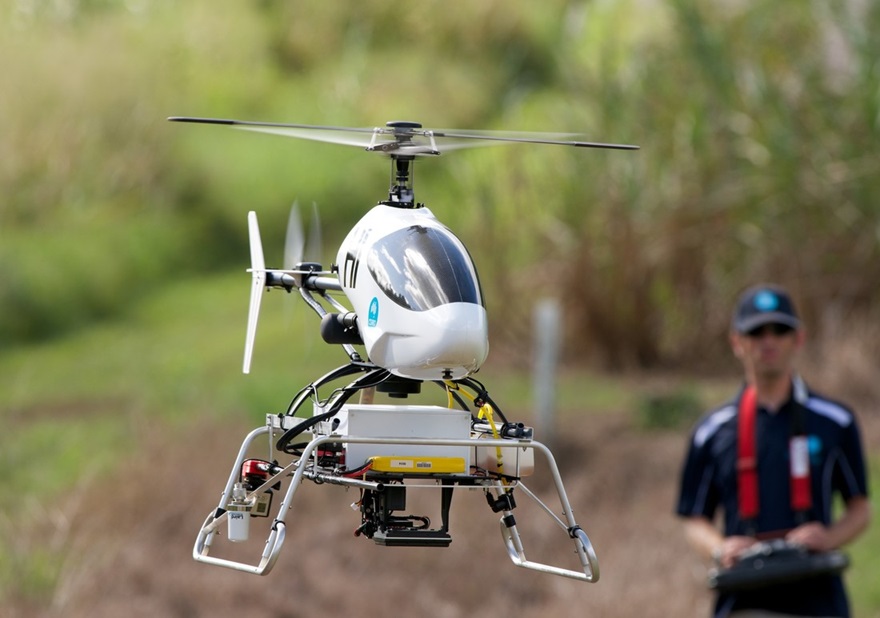We couldn't ResQu this page even with our UAV!
Let us help you find what you're after
Tried searching but still no luck? Contact us
We couldn't ResQu this page even with our UAV!

We couldn't ResQu this page even with our UAV!
Tried searching but still no luck? Contact us
We couldn't ResQu this page even with our UAV!

Find out how we can help you and your business. Get in touch using the form below and our experts will get in contact soon!
CSIRO will handle your personal information in accordance with the Privacy Act 1988 (Cth) and our Privacy Policy.
This site is protected by reCAPTCHA and the Google Privacy Policy and Terms of Service apply.